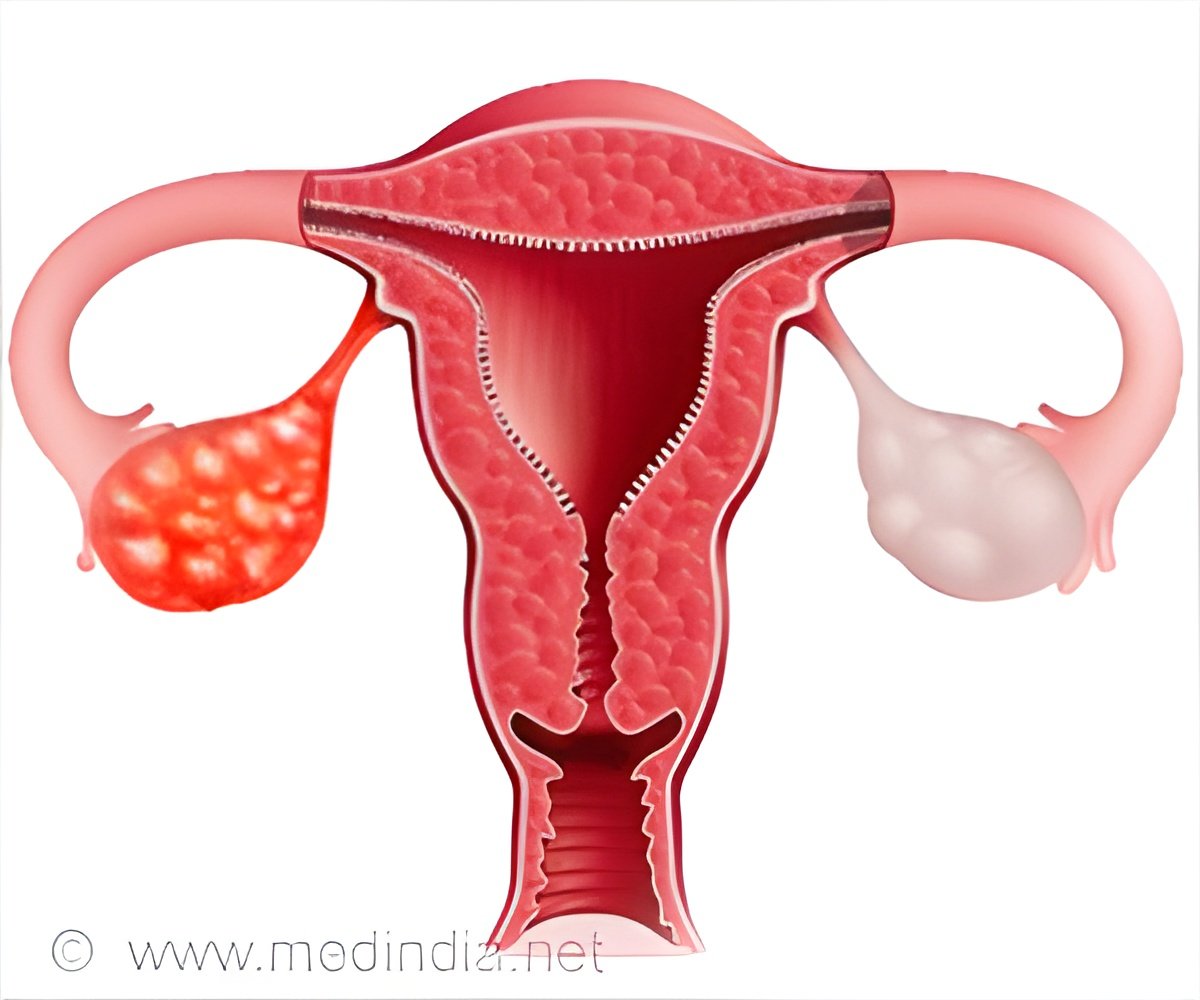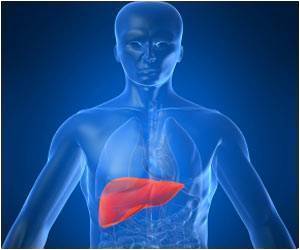
Gabriel N. Mannis, M.D., and colleagues with the University of California, San Francisco, surveyed 1,077 women after BRCA testing to identify the prevalence and post-test predictors of risk-reducing and screening interventions, including risk-reducing salpingo-oophorectomy (RRSO; surgical removal of an ovary together with a fallopian tube), screening transvaginal ultrasonography (TVUS; vaginal ultrasound), and screening serum cancer antigen 125 (CA-125; blood serum test for CA-125).
BRCA test results were categorized as positive (shown to carry known deleterious BRCA mutation), true-negative (negative test result for a known deleterious family BRCA mutation), uninformative negative (negative BRCA results without a known family mutation), or variant of undetermined significance (found to have a change in DNA that has unknown effects on BRCA protein function).
Among the respondents, 201 women (18.7 percent) received positive test results for a deleterious mutation, 103 women (9.6 percent) received true-negative test results, and 773 women (71.8 percent) received uninformative results.
Overall, 19.1 percent of eligible women underwent RRSO and 39.6 percent used screening procedures. Women who received a positive BRCA test result had increased odds of undergoing RRSO, TVUS and serum CA-125, while a true-negative BRCA result was associated with a reduced odds for undergoing the three procedures.
Of the 71.8 percent of women who received uninformative results after BRCA testing, 12.3 percent underwent RRSO, 33.8 percent reported ever having undergone screening serum CA-125 since BRCA testing, and 37.3 percent reported ever having undergone screening TVUS since BRCA testing.
Advertisement
"Results of BRCA testing strongly predict RRSO and ovarian cancer screening," the authors conclude. "Use of RRSO and ovarian screening was reported in a sizable percentage of non-BRCA carriers despite insufficient data to determine the effectiveness of these interventions."
Advertisement













